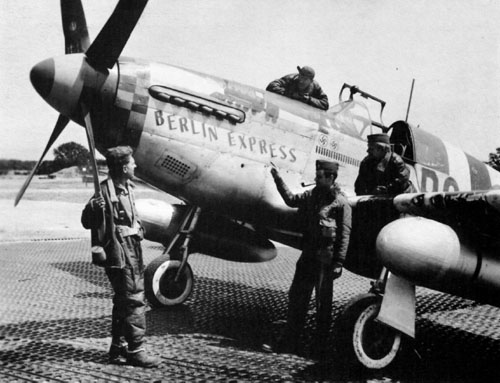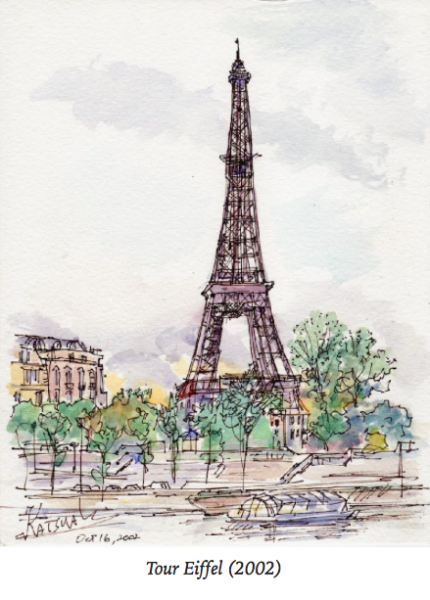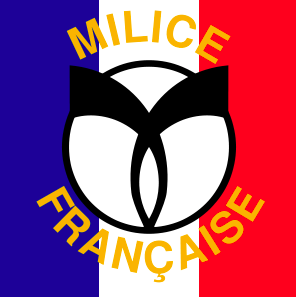
How many of you have been to La Tour Eiffel (Eiffel Tower) in Paris? It’s one of those icons that anyone going to Paris must visit. But like Mount Rushmore and the Grand Canyon, your next reaction is “seen it, done it, let’s move on” (no disrespect is intended). Although the nightly light show is pretty cool so it might warrant a second visit.
Before we get to the meat of today’s blog topic, let’s look at some interesting facts about the Eiffel Tower.
The Eiffel Tower

Built by Gustave Eiffel for the Paris Exposition Universelle in 1889 (exactly 100 years after the French Revolution), the tower met with immediate distain (there were some rather colorful comparisons used—you can use your imagination). Today, more than a century later, the Eiffel Tower remains the most iconic symbol of Paris. Watch the building of the Eiffel Tower.
Here are some fun facts about the tower: Read More Dogfight Under the Eiffel Tower

